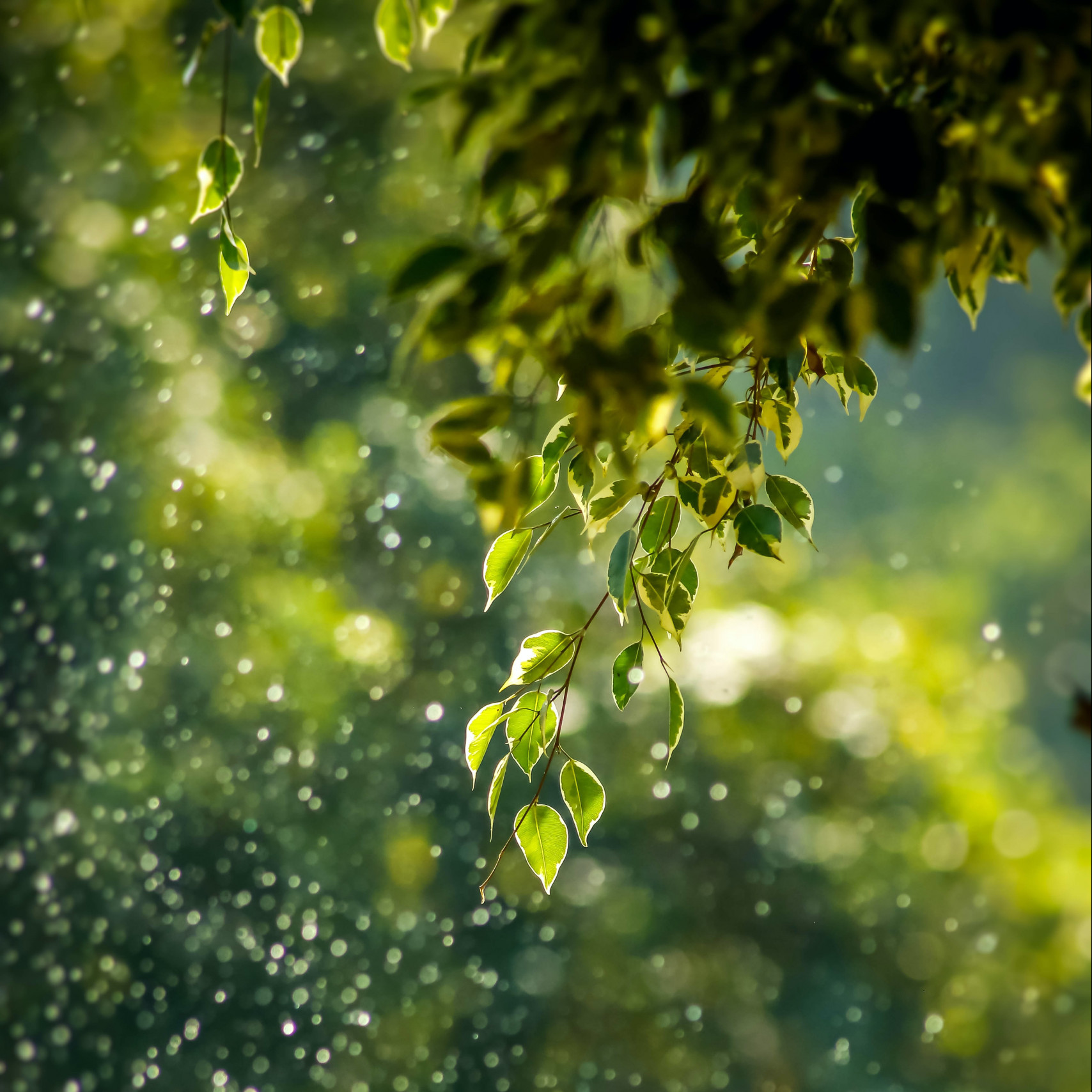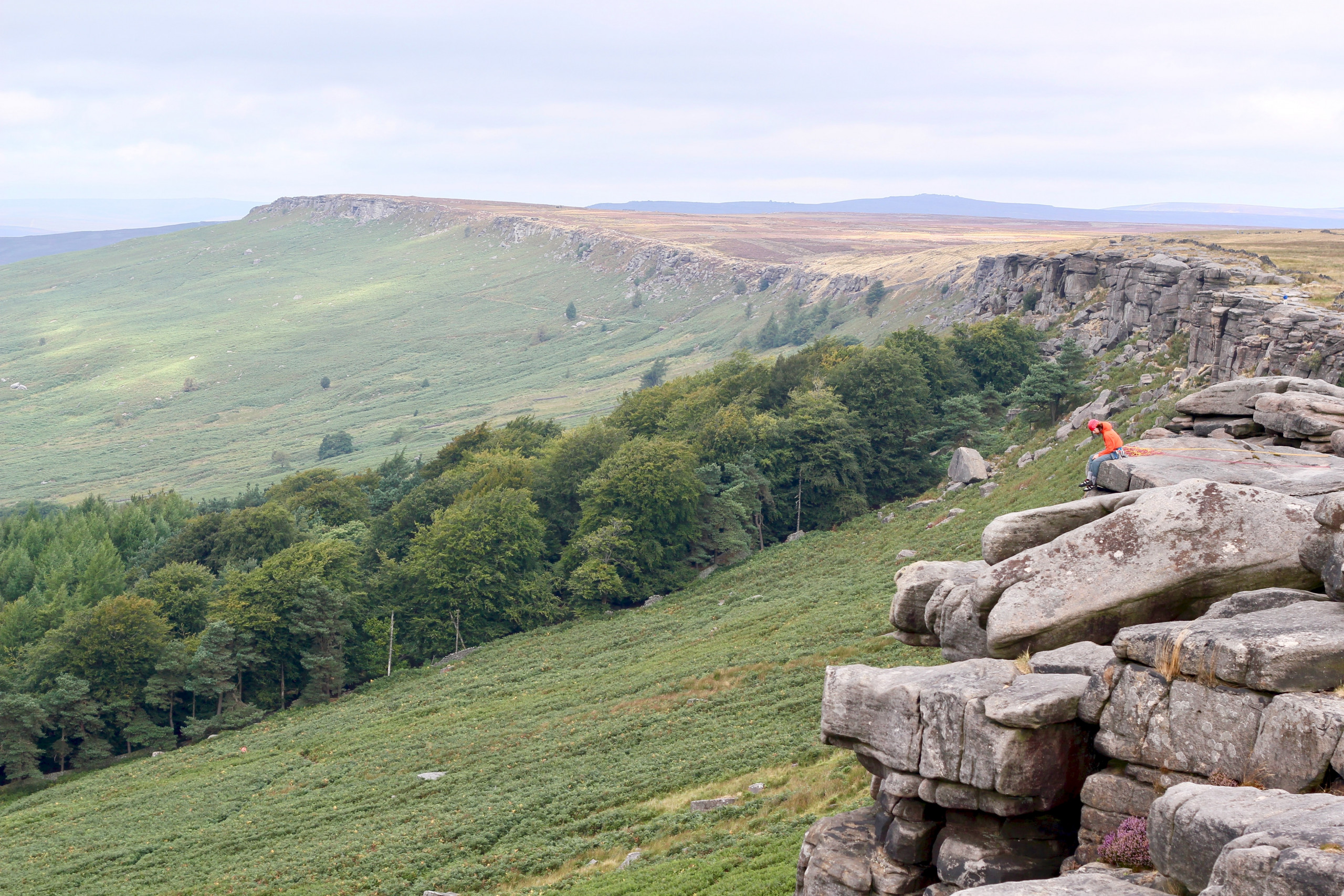‘Nature Connection’ and How it Benefits Mental Health
The natural world. Something which encircles us daily and is often within touching distance, walking distance or directly within our line of sight. Something so beautiful that many of us take for granted and perhaps don’t wholeheartedly appreciate. That’s why we want to advocate the power nature connection has during this Children’s Mental Health Week, by looking at the evidence and giving you some of our top tips on connecting with the natural world.
What do we mean by nature connection?
You might think it is just about being in nature. In fact, it’s about our whole relationship with it, right down to how we engage with it (Richardson & Butler, 2022). Studies suggest those with stronger nature connectedness have improved mental wellbeing, and a greater willingness to protect our environment and the wildlife living within it (McCormick, 2017).
Some may argue that recent events have enabled us to begin a journey towards developing a stronger bond with nature. The coronavirus lockdown was an unprecedented time for all as we were confined to our homes, only being able to venture out for essentials. But while the world stopped, we were taking time out to do things we never seemingly have time for now, like chatting with our neighbours, checking in with the more vulnerable members of society, and noticing nature. Gardens, parks, balconies, and any other outdoor space became a refuge for many as this remained a constant feature at an ever uncertain time. As a result, many of us developed a deeper connection with nature. Now life is returning to a form of normality, it’s important to continue maintaining our relationship with nature given the additional advantages it has for our wellbeing.
Recent literature has shown the physiological benefits that viewing plants in natural environments has on altering the activity in the pre-frontal cortex, which is the part of our brains responsible for emotional regulation (Igarashi et al., 2015). This might be one reason why we elicit emotions of joy, awe, and happiness when we feel connected to nature (Capaldi et al., 2014). Other benefits include improve personal growth, purpose in life and self-acceptance (Pritchard et al., 2020). Moreover, the earlier in life we forge a connection with nature, the greater the chance that positive effects on our wellbeing will translate through into adulthood (McEwan et al., 2022). Aside from the effects on mental wellbeing, our physical health benefits from nature exposure in numerous ways too. A recent meta-analysis highlighted how time in natural environments (primarily forests) reduces blood pressure and cortisol levels in the blood which is the biological marker of stress (Song et al., 2016).
But how do we gain this closeness with nature?
Research has suggested that connecting to nature can be achieved using five different approaches. These are called the five pathways to nature connection:
- Senses – Engaging all your senses when connecting with nature through sight, smell, audition, touch, and taste.
- Beauty – Actively searching for, appreciating, and celebrating the beauty the natural world offers.
- Emotion – Noticing, internalising, and reflecting on the feeling’s nature can evoke like feelings of awe, joy, and tranquillity.
- Meaning – Celebrating knowledge and stories about nature, like personal experiences one has had, or seasonal events like the summer equinox.
- Compassion – Offering a helping hand to nature, and making sure we protect and preserve it, like supporting conservation efforts or tree planting.
So now we know about the five pathways which need to be activated to start forming a connection with nature, what can we do? Below are some of our top tips you can try:
- Have a bird, bee or butterfly watch in your garden or park.
- Watch the clouds float by.
- Star gaze at night-time.
- Get a bird feeder and see which birds stop by.
- Design and create homes for nature like bug hotels.
- Mindfulness in nature – What five things can you see, four things can you feel, three things you can hear, two things you can smell, and one thing you can taste?
- Take photos of nature
- Combine creativity with nature and draw what’s around you, whether that be a flower or a landscape.
- Talk about your experiences within the natural world.
- Sometimes it can be hard to access nature depending on where you live, so bring it to you by growing your own plants, vegetables, or herbs.
- Watch TV programmes or films about nature. E.g., Springwatch, Winterwatch or something by the wonderful David Attenborough.
- Read books about nature. E.g., The Wild Remedy by Emma Mitchell, Back to Nature by Chris Packham and Megan McCubbin.
- Listen to sound recordings. E.g., birdsong.
This is not an exhaustive list and maybe you have your own way of connecting with nature. If you do, we’d love to hear from you, so feel free to get in touch via our social pages.
Given all the benefits nature has for our wellbeing, perhaps we should all try and make time for it each week. Always remember, if you’re ever feeling a little overwhelmed, down, or anxious, it’s okay. Take five, step outside and see what you can see.
References
Capaldi, C. A., Dopko, R. L., & Zelenski, J. M. (2014). The relationship between nature connectedness and happiness: A meta-analysis. Frontiers in psychology, 5, 976. https://doi.org/10.3389/fpsyg.2014.00976
Igarashi, M., Song, C., Ikei, H., & Miyazaki, Y. (2015). Effect of stimulation by foliage plant display images on prefrontal cortex activity: A comparison with stimulation using actual foliage plants. Journal of Neuroimaging, 25(1), 127-130. https://doi.org/10.1111/jon.12078
McCormick, R. (2017). Does access to green space impact the mental well-being of children: A systematic review. Journal of Pediatric Nursing, 37, 3-7. https://doi.org/10.1016/j.pedn.2017.08.027
McEwan, K., Potter, V., Kotera, Y., Jackson, J. E., Greaves, S. (2022). ‘This is what the colour green smells like!’: Urban forest bathing improved adolescent nature connection and wellbeing. International Journal of Environmental Research and Public Health, 19, 1-12. https://doi.org/10.3390/ ijerph192315594
Pritchard, A., Richardson, M., Sheffield, D., & McEwan, K. (2020). The relationship between nature connectedness and eudaimonic well-being: A meta-analysis. Journal of happiness studies, 21, 1145-1167. https://doi.org/10.1007/s10902-019-00118-6
Richardson, M., & Butler, C. W. (2022). The nature connection handbook: A guide for increasing people’s connection with nature. United Kingdom. https://findingnatureblog.files.wordpress.com/2022/04/the-nature-connection-handbook.pdf
Song, C., Ikei, H., & Miyazaki, Y. (2016). Physiological effects of nature therapy: A review of the research in Japan. International Journal of Environmental Research and Public Health, 13(8), 781. https://doi.org/10.3390/ijerph13080781


